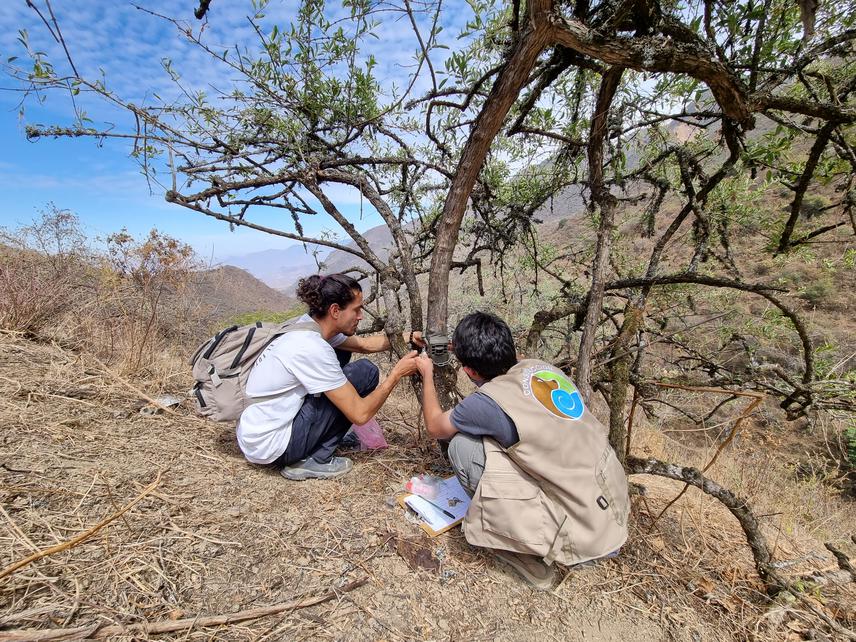Alejandro Pereda Sánchez
Other projects
7 Feb 2020
Situation of Domestic Carnivores in San José District and His Impact in Wildlife Carnivores of the Southern Patches of Equatorial Dry Forest in Perú
Anthropogenic activities, including agricultural expansion, urbanisation, and the increasing population of domestic and free-ranging dogs and cats, have significantly altered the Tumbesian Dry Forest ecosystem. This disruption has amplified the risk of pathogen transmission at the critical human-domestic animal-wildlife interface, with potential consequences for wildlife and human health. Our previous research has revealed the coexistence of domestic and wild carnivores in the remnants of the Tumbesian Dry Forest. Moreover, ectoparasites are the main sanitary problem in domestic dogs and cats, documented by local people. Additionally, a reported case of distemper in a Sechuran fox in the La Libertad region has unveiled the potential for cross-species transmission between domestic and wild carnivores and native carnivores.

Photo courtesy of ©NGO, ConservAccion.
The aims of our project are to characterise the demographics of domestic dogs and cats that inhabit in rural communities surrounding the Tumbesian dry forest remnants, determine the seroprevalence of CDV in dogs, identify the ectoparasites circulating in domestic dogs and cats and execute an intervention strategy designed to enhance the health condition of free-ranging dogs and cats in the rural communities.